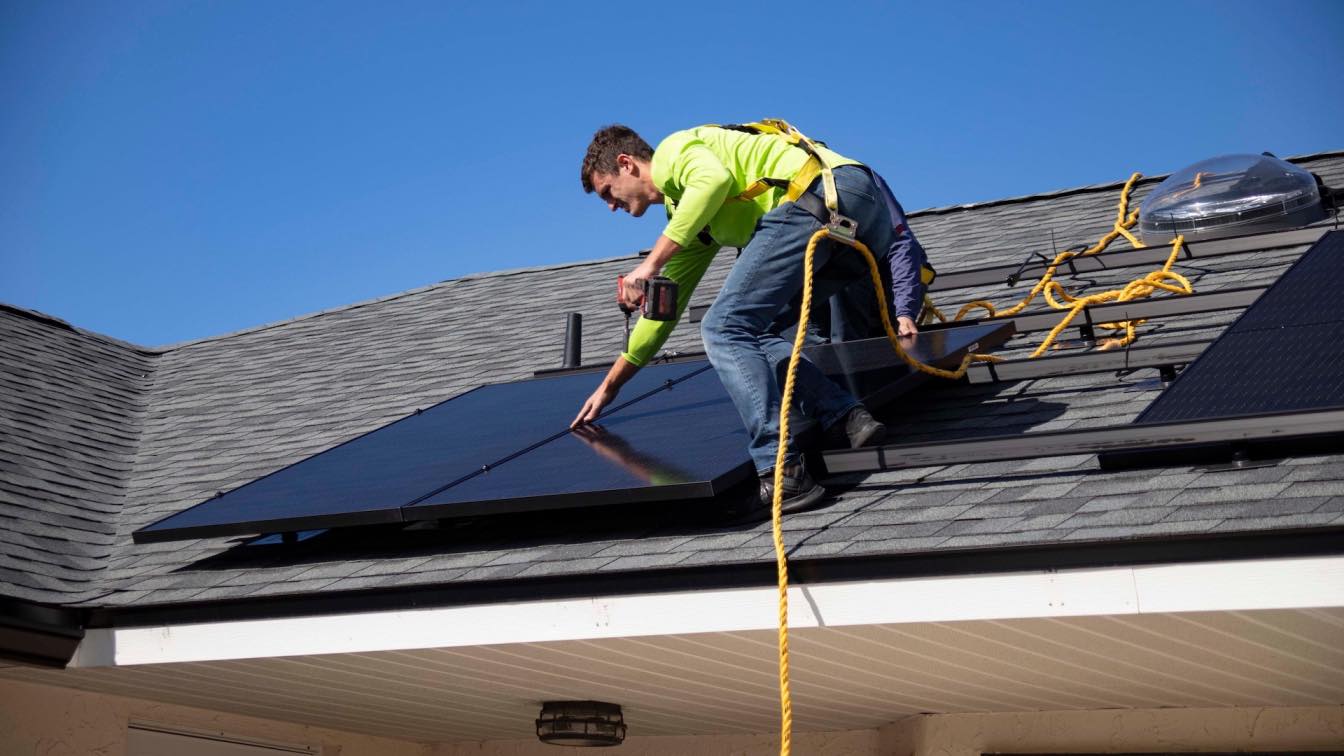In the modern age, where electricity powers almost every aspect of our daily lives, encountering electrical issues at home is not uncommon. From flickering lights to tripped circuit breakers, these problems can disrupt our routines and even pose safety hazards if left unaddressed. Fortunately, many common electrical issues can be resolved with some troubleshooting and basic knowledge of electrical systems. In this guide, we'll explore some prevalent electrical issues encountered in homes and provide insights into how to troubleshoot them effectively.
Unveiling the Culprits
Flickering lights are not only annoying but can also indicate underlying electrical issues. Several factors can contribute to this problem, including loose or faulty connections, overloaded circuits, or issues with the light fixture itself. To troubleshoot flickering lights, start by checking the bulbs to ensure they are tightly screwed in and not nearing the end of their lifespan. If the bulbs are fine, examine the connections in the light fixture and switch for any signs of damage or looseness. Tightening connections and replacing damaged components can often resolve the issue. However, if flickering persists, it may be indicative of a larger electrical problem, requiring professional intervention to diagnose and repair.
Understanding the Causes
Tripped circuit breakers are a common occurrence in homes, especially in older properties or those with outdated electrical systems. When a circuit becomes overloaded or experiences a short circuit, the circuit breaker automatically trips to prevent overheating and potential fires. To troubleshoot tripped circuit breakers, start by identifying the affected circuit and unplugging any devices connected to it. Then, locate the circuit breaker panel and visually inspect for any breakers in the "off" position. Resetting the tripped breaker by flipping it to the "on" position should restore power to the affected circuit. However, if the breaker continues to trip repeatedly, it may indicate a more serious issue that requires professional evaluation, such as overloaded circuits or faulty wiring.
Tackling the Root Causes
Intermittent power outages can be frustrating and inconvenient, disrupting daily activities and potentially damaging electrical devices. These outages can result from various factors, including loose connections, damaged wiring, or issues with the electrical utility provider. To troubleshoot intermittent power outages, start by checking the main electrical panel for any loose or corroded connections. Tightening connections and replacing damaged wires can often resolve minor issues causing intermittent outages. However, if the problem persists, it may be necessary to contact the utility provider to investigate potential issues with the external electrical supply. Additionally, consulting a licensed electrician can help identify and address more complex underlying issues within the home's electrical system.
When Professional Help is Necessary
While many home electrical issues can be resolved through DIY troubleshooting, there are instances where the expertise of a fully qualified electrician is essential. Complex electrical problems, such as issues with the main electrical panel, extensive wiring repairs, or the need for electrical upgrades, often necessitate the skills and knowledge of a professional. Additionally, situations where electrical work requires adherence to building codes and safety standards, such as installations in kitchens or bathrooms, may also warrant the assistance of an electrician. By recognizing when a problem exceeds their capabilities and needing an electrician, homeowners can ensure the proper and safe resolution of electrical issues, minimizing the risk of accidents or further damage to their property. Furthermore, consulting a licensed electrician can provide peace of mind, knowing that the electrical work is carried out correctly and up to industry standards, ultimately contributing to the overall safety and functionality of the home's electrical system.
Mitigating Future Electrical Issues
In addition to troubleshooting existing electrical problems, implementing preventive maintenance measures can help mitigate the occurrence of future issues. Regular inspection of electrical components, such as outlets, switches, and wiring, can identify potential hazards before they escalate into major problems. Checking for signs of wear, corrosion, or overheating and promptly addressing any issues can prolong the lifespan of electrical systems and prevent unexpected failures. Furthermore, scheduling periodic maintenance tasks, such as tightening connections, cleaning electrical panels, and testing ground fault circuit interrupters (GFCIs), can enhance the overall safety and reliability of the home's electrical infrastructure. By investing time and effort in preventive maintenance, homeowners can reduce the likelihood of experiencing disruptive electrical issues and ensure the long-term functionality of their electrical systems.]
Empowering Homeowners with Knowledge
Empowering homeowners with knowledge about basic electrical principles and safety practices can also contribute to effectively troubleshooting and managing electrical issues. Understanding how circuits work, recognizing common electrical hazards, and knowing how to safely use electrical tools and equipment can enable homeowners to take proactive measures to address minor issues and avoid accidents. Additionally, educating oneself about local building codes and regulations can ensure that any electrical work performed within the home complies with legal requirements, reducing the risk of fines or penalties. By fostering a culture of education and awareness around electrical safety, homeowners can better protect themselves, their families, and their properties from potential electrical hazards.
Dealing with common home electrical issues requires a combination of DIY troubleshooting skills, professional assistance when needed, preventive maintenance efforts, and ongoing education. By familiarizing themselves with the underlying causes of electrical problems and adopting proactive strategies for addressing and preventing issues, homeowners can maintain a safe and functional electrical system within their homes. However, it's crucial to prioritize safety and seek professional help when encountering complex or potentially hazardous electrical issues. Through a proactive approach to electrical maintenance and safety, homeowners can ensure the longevity and reliability of their home's electrical infrastructure.





